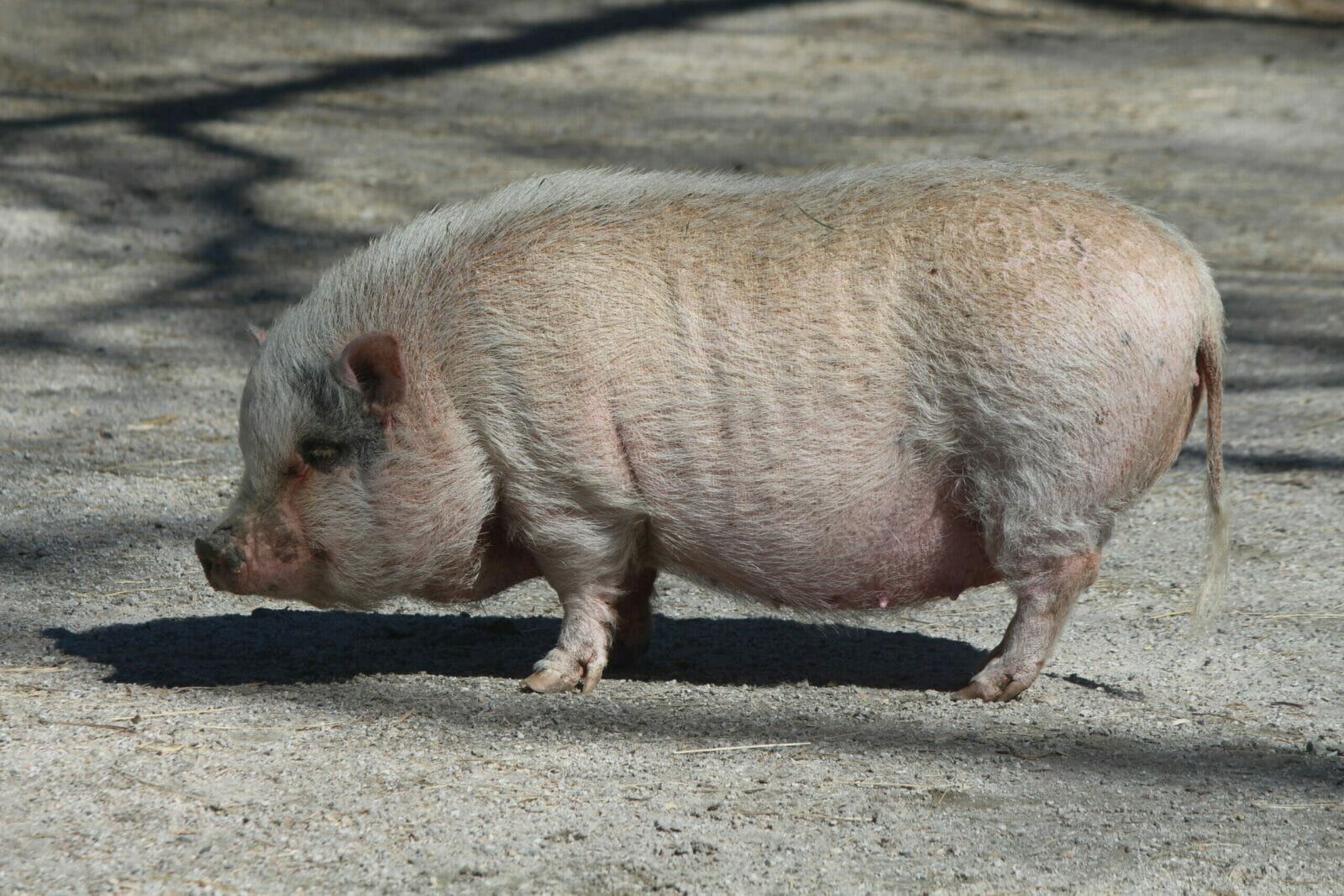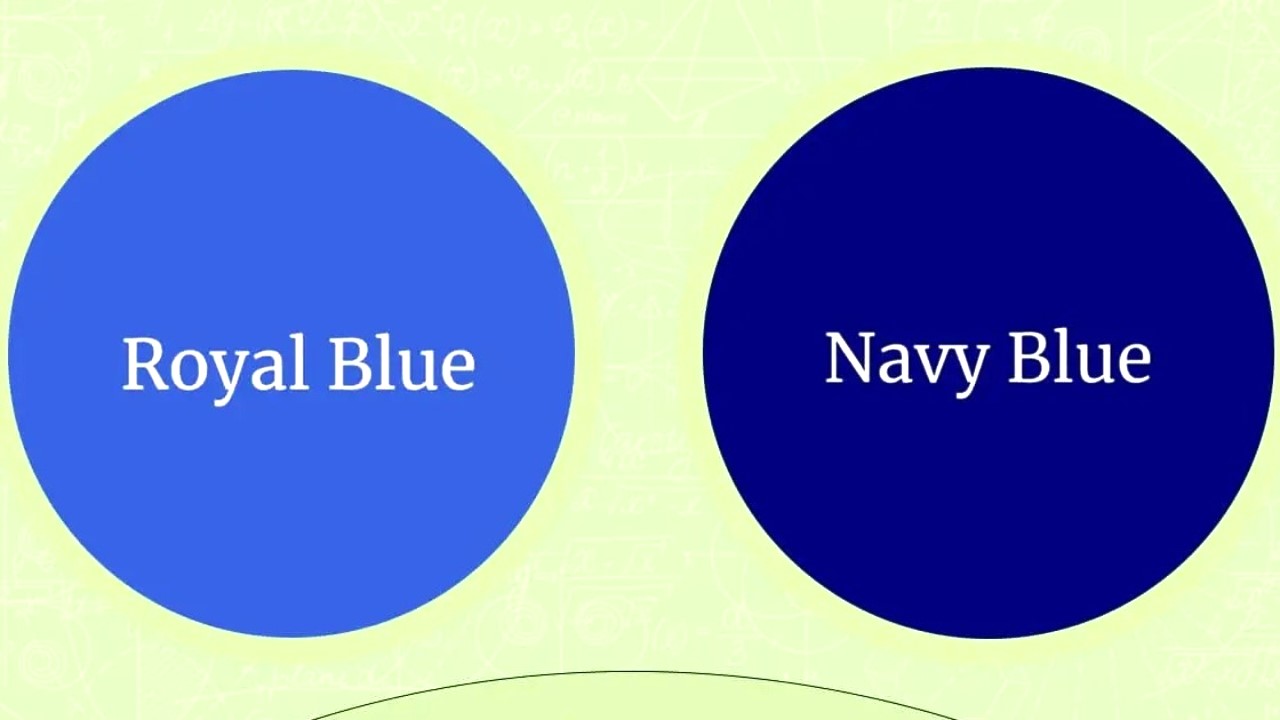Home>Lifestyle>Discover The Surprising Truth About Blue Gill: Should You Keep And Eat Them?


Lifestyle
Discover The Surprising Truth About Blue Gill: Should You Keep And Eat Them?
Published: February 11, 2024
Discover the surprising truth about blue gill, including whether you should keep and eat them. Explore the lifestyle implications of this popular fish.
(Many of the links in this article redirect to a specific reviewed product. Your purchase of these products through affiliate links helps to generate commission for Noodls.com, at no extra cost. Learn more)
Table of Contents
Introduction
Bluegill, a popular freshwater fish, has long been a subject of fascination for anglers and seafood enthusiasts alike. Its distinctive appearance, delectable taste, and abundance in various water bodies make it a sought-after catch for many. However, the decision to keep and consume bluegill raises important considerations regarding its impact on the environment, as well as ethical concerns related to sustainable fishing practices.
In this comprehensive exploration, we delve into the multifaceted aspects of bluegill, shedding light on its biology, nutritional value, environmental implications, and ethical considerations. By uncovering the surprising truths about bluegill, we aim to equip you with the knowledge needed to make informed decisions about whether to keep and eat them.
Stay tuned as we embark on a journey to unravel the mysteries surrounding this beloved freshwater species, ultimately empowering you to make conscientious choices when it comes to engaging with bluegill.
The Biology and Habitat of Blue Gill
Bluegill, scientifically known as Lepomis macrochirus, is a species of freshwater sunfish native to North America. Renowned for its striking appearance, the bluegill features a distinctive olive-green to blue coloring on its upper body, with a vibrant orange to yellow belly. Its gill covers are marked by a deep blue or black spot, contributing to its name. These fish typically exhibit a compressed, oval-shaped body, adorned with dark vertical bars along their sides, adding to their visual allure.
In terms of size, bluegill generally range from 4 to 12 inches in length, with the average adult measuring around 6-10 inches. While some exceptional specimens can exceed 12 inches, the typical bluegill caught by anglers falls within the aforementioned size range. These fish are known for their rapid growth rate, with favorable conditions enabling them to reach maturity within 2-3 years.
Bluegill are predominantly found in freshwater habitats such as lakes, ponds, rivers, and reservoirs, where they thrive in warm, shallow waters with ample vegetation. Their preferred environments often feature submerged vegetation, fallen trees, and rocky structures, providing ample cover for these fish to evade predators and seek out prey. Additionally, bluegill are known to congregate in large numbers around structures such as docks and piers, where they can find shelter and access to food sources.
These fish are omnivorous, with their diet consisting of aquatic insects, small crustaceans, and various types of algae and aquatic plants. Their feeding habits make them a vital component of the aquatic ecosystem, contributing to the regulation of invertebrate populations and the maintenance of balanced aquatic vegetation.
Understanding the biology and habitat of bluegill is crucial for appreciating their role in the ecosystem and the factors that contribute to their thriving populations. By gaining insight into their natural behaviors and environmental preferences, we can better comprehend the implications of human interactions with these captivating freshwater fish.
The Nutritional Value of Blue Gill
Bluegill, beyond its aesthetic appeal and recreational significance, offers a wealth of nutritional benefits that make it a compelling choice for consumption. This freshwater fish is a rich source of essential nutrients, including protein, omega-3 fatty acids, vitamins, and minerals, making it a valuable addition to a balanced diet.
One of the primary nutritional highlights of bluegill is its high protein content. Protein is an essential macronutrient that plays a pivotal role in supporting muscle growth, tissue repair, and overall bodily function. Bluegill provides a substantial amount of high-quality protein, making it a favorable option for individuals seeking to meet their protein requirements through dietary sources.
In addition to protein, bluegill is also prized for its omega-3 fatty acid content. These beneficial fats are known for their role in promoting heart health, reducing inflammation, and supporting cognitive function. Consuming omega-3 fatty acids through sources such as bluegill can contribute to overall well-being and may offer protective effects against certain chronic conditions.
Furthermore, bluegill contains an array of essential vitamins and minerals, including vitamin D, vitamin B12, phosphorus, and selenium. Vitamin D is crucial for bone health and immune function, while vitamin B12 is essential for nerve function and the formation of red blood cells. Phosphorus plays a key role in energy metabolism and bone strength, while selenium acts as a powerful antioxidant, protecting cells from oxidative damage.
When prepared and consumed as part of a balanced diet, bluegill can serve as a valuable source of these vital nutrients, contributing to overall nutritional intake and promoting health and wellness. Whether grilled, baked, or pan-seared, bluegill offers a versatile and flavorful option for incorporating essential nutrients into one's culinary repertoire.
By recognizing the nutritional value of bluegill, individuals can make informed choices about their dietary preferences, leveraging the benefits offered by this freshwater fish to support their overall health and well-being. Whether enjoyed as a centerpiece of a seafood feast or as a component of a wholesome meal, bluegill stands as a nutritious and delectable option for those seeking to embrace the nutritional bounty of freshwater fare.
The Environmental Impact of Keeping and Eating Blue Gill
The decision to keep and consume bluegill carries significant implications for the surrounding ecosystem and the delicate balance of freshwater habitats. While bluegill are a popular catch among anglers and a favored dish on many dinner tables, it is essential to consider the environmental impact of harvesting and consuming these freshwater fish.
One of the primary environmental concerns associated with keeping and eating bluegill revolves around the potential disruption of ecological equilibrium. Bluegill play a crucial role in the aquatic food chain, serving as both predators and prey. Their voracious appetite for aquatic invertebrates and small fish helps regulate populations within the ecosystem, contributing to the overall balance of aquatic life. However, excessive harvesting of bluegill can lead to disruptions in the natural food web, potentially resulting in imbalances and cascading effects on other species within the ecosystem.
Furthermore, the act of keeping and consuming bluegill can exert pressure on their populations, especially in heavily fished areas. Overfishing of bluegill can lead to population declines, impacting their role in controlling invertebrate populations and influencing the dynamics of aquatic vegetation. This, in turn, can have repercussions on the overall health and stability of the freshwater ecosystem, potentially affecting other species dependent on the presence of bluegill.
Additionally, the methods employed in catching bluegill, if not conducted sustainably, can have adverse effects on the aquatic environment. The use of certain fishing gear and practices, such as indiscriminate netting or destructive fishing methods, can inadvertently harm non-targeted species and disrupt the natural habitat of bluegill. By considering the environmental impact of fishing practices, individuals can strive to minimize negative repercussions on the aquatic ecosystem while enjoying the pursuit of bluegill.
It is crucial to approach the decision to keep and consume bluegill with a mindful consideration of the potential environmental consequences. By adopting sustainable fishing practices, adhering to catch limits, and respecting conservation regulations, individuals can mitigate the environmental impact of their interactions with bluegill, contributing to the preservation of healthy and balanced freshwater ecosystems.
Understanding the environmental impact of keeping and eating bluegill empowers individuals to make conscientious choices that align with the principles of environmental stewardship and sustainable resource management. By embracing a holistic perspective that encompasses the interconnectedness of freshwater ecosystems, individuals can partake in the enjoyment of bluegill while upholding the integrity and resilience of these vital aquatic environments.
The Ethics of Keeping and Eating Blue Gill
The ethical considerations surrounding the practice of keeping and consuming bluegill are deeply rooted in the principles of responsible stewardship and the preservation of natural ecosystems. As individuals engage with bluegill, it becomes imperative to reflect on the ethical implications of their actions, recognizing the interconnectedness of human activities and the well-being of freshwater environments.
At the heart of the ethical discourse lies the concept of sustainable utilization. Sustainable fishing practices, encompassing responsible harvesting and conservation-minded approaches, form the cornerstone of ethical engagement with bluegill. By adhering to catch limits, respecting size regulations, and embracing selective harvesting, individuals can contribute to the sustainable management of bluegill populations, safeguarding their presence in freshwater habitats for future generations.
Furthermore, ethical considerations extend to the treatment of bluegill as sentient beings. Acknowledging the intrinsic value of these fish and respecting their role within the aquatic ecosystem underscores the ethical dimension of engaging with bluegill. Compassionate and humane treatment, both in the act of catching and subsequent handling, reflects a conscientious approach that honors the inherent worth of these captivating freshwater inhabitants.
The ethical framework also encompasses a broader perspective on the impact of human activities on the natural world. By recognizing the interconnectedness of ecosystems and the delicate balance of aquatic environments, individuals can cultivate a heightened sense of environmental ethics. This entails embracing a holistic understanding of the repercussions of human actions on the intricate web of life within freshwater habitats, prompting thoughtful and considerate engagement with bluegill and their surrounding ecosystems.
Ultimately, the ethics of keeping and consuming bluegill converge on the principles of responsible custodianship and mindful coexistence with the natural world. By embracing ethical considerations, individuals can navigate their interactions with bluegill in a manner that upholds the integrity of freshwater ecosystems, fosters sustainable resource utilization, and honors the intrinsic value of these captivating fish within the tapestry of aquatic life.
In essence, the ethics of keeping and eating bluegill call upon individuals to embrace a conscientious and principled approach that harmonizes human activities with the preservation and flourishing of freshwater environments. Through ethical engagement, individuals can forge a meaningful connection with bluegill while upholding the ethical imperatives of environmental stewardship and sustainable resource management.
Read more: Discover The Surprising Truth About Lychees: Why Some Love Them And Others Can’t Stand Them!
Conclusion: Making an Informed Decision
In evaluating the multifaceted aspects of bluegill, it becomes evident that making an informed decision regarding the practice of keeping and consuming these freshwater fish necessitates a comprehensive understanding of their biology, nutritional value, environmental impact, and ethical considerations. By synthesizing these insights, individuals can navigate their interactions with bluegill in a manner that aligns with principles of environmental stewardship, ethical engagement, and responsible resource utilization.
The allure of bluegill as a prized catch and delectable dish is undeniable, drawing enthusiasts to engage with these captivating freshwater fish. However, the decision to keep and consume bluegill warrants thoughtful reflection, considering the implications of these actions on the broader ecosystem. By recognizing the pivotal role of bluegill in regulating aquatic populations and maintaining ecological balance, individuals can approach their interactions with these fish with a heightened awareness of their environmental impact.
Moreover, the nutritional bounty offered by bluegill underscores their significance as a valuable dietary resource, providing essential nutrients and contributing to overall well-being. Understanding the nutritional value of bluegill empowers individuals to incorporate these fish into their culinary repertoire while embracing the benefits of a wholesome and nutrient-rich diet.
When contemplating the ethics of keeping and consuming bluegill, the principles of sustainable utilization, compassionate treatment, and environmental mindfulness emerge as guiding tenets. Embracing ethical considerations fosters a harmonious coexistence with bluegill and their freshwater habitats, emphasizing the importance of responsible custodianship and conscientious engagement.
In essence, making an informed decision about whether to keep and eat bluegill entails a holistic assessment that encompasses biological, nutritional, environmental, and ethical dimensions. By integrating these facets into the decision-making process, individuals can cultivate a nuanced understanding of their interactions with bluegill, striving to uphold the integrity of freshwater ecosystems while savoring the rewards offered by these captivating fish.
As individuals embark on their journeys of exploration and engagement with bluegill, the knowledge gleaned from this comprehensive exploration serves as a compass, guiding them toward informed decisions that resonate with the principles of environmental sustainability, ethical mindfulness, and holistic well-being. By embracing a holistic and informed approach, individuals can forge meaningful connections with bluegill while contributing to the preservation and flourishing of freshwater environments.














